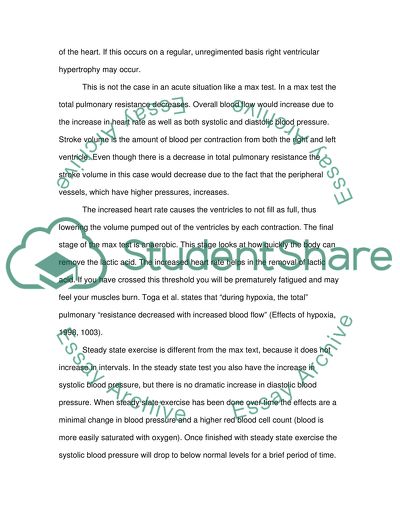Cite this document
(“Cardiovascular system Essay Example | Topics and Well Written Essays - 2500 words”, n.d.)
Retrieved from https://studentshare.org/biology/1527440-cardiovascular-system
Retrieved from https://studentshare.org/biology/1527440-cardiovascular-system
(Cardiovascular System Essay Example | Topics and Well Written Essays - 2500 Words)
https://studentshare.org/biology/1527440-cardiovascular-system.
https://studentshare.org/biology/1527440-cardiovascular-system.
“Cardiovascular System Essay Example | Topics and Well Written Essays - 2500 Words”, n.d. https://studentshare.org/biology/1527440-cardiovascular-system.


